The Generation of Miracles, a cohort of high school students, shared not only classrooms but also an illustrious basketball team at Teiko. Their undeniable prowess led them to a hat-trick victory at the Nationals, dominating the competition three years in a row.
These five individuals, and a sixth phantom player, were once part of the same middle school basketball team at Teikō Junior High.
They are renowned for their extraordinary abilities on the court and three consecutive victories at the Junior High National Basketball Championship.
Generation of Miracles: Sifting Through the Mystique
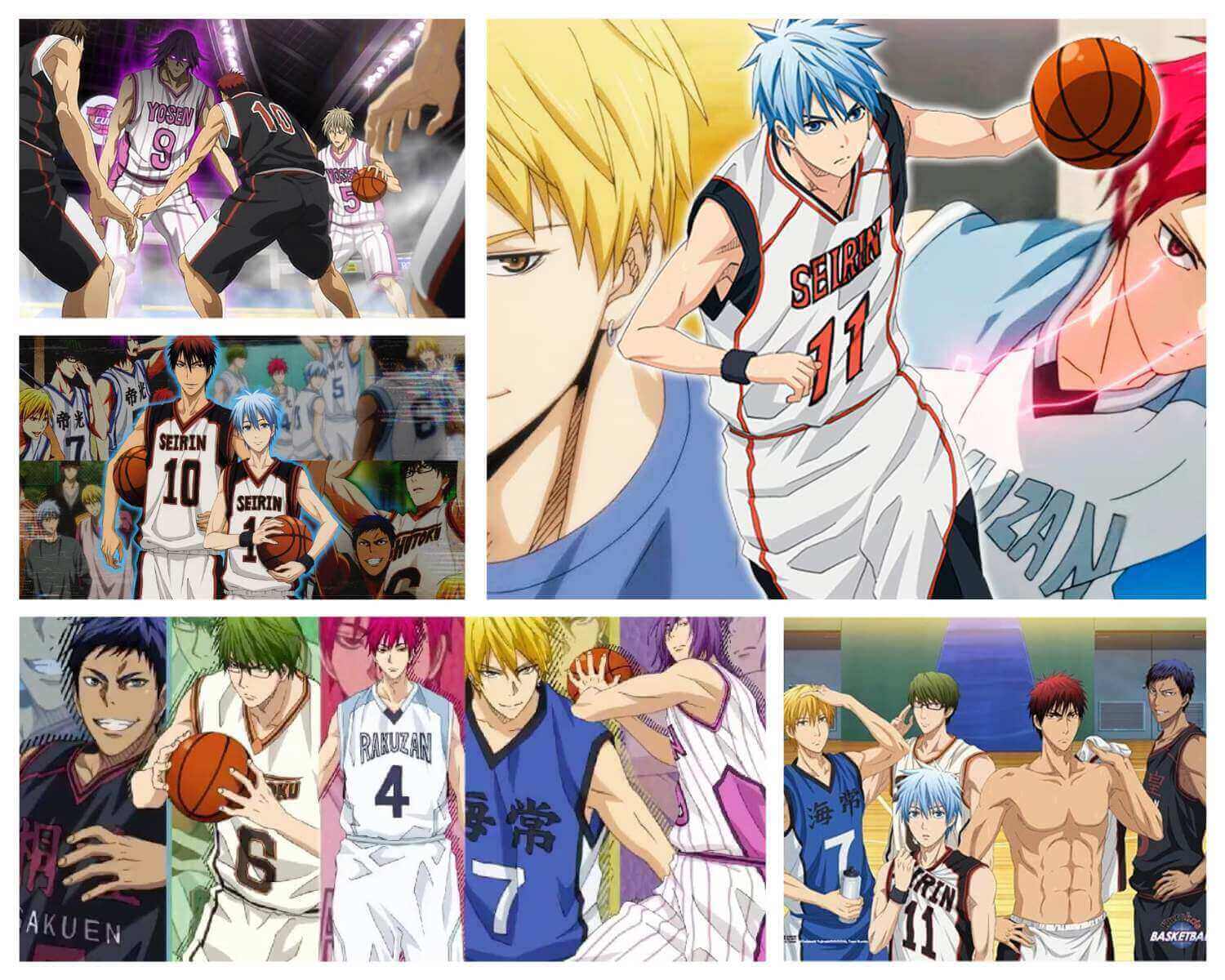
One can’t discuss “Kuroko’s Basketball” without acknowledging the pulsating heart of the series. This legendary quintet shatters the mold, each member flaunting a dazzling skill that makes them a unique and invaluable asset on the court.
From Akashi’s Emperor Eye to Murasakibara’s towering height and strength, they set the bar high for high school basketball. Their basketball prowess, riveting as a rainbow, illuminates every game they play.
The Phantom Sixth Man

In the vibrant array of this basketball rainbow, one color seems nearly invisible – the phantom sixth man, Kuroko Tetsuya. Despite his lack of presence, Kuroko’s misdirection skills allow him to become a pivotal player on the court.
Like a shadow puppeteer, he manipulates the spotlight, creating opportunities where none seemingly exist. His approach to the game underscores an essential truth – Basketball isn’t solely about flashy moves but seamless teamwork.
The Iconic Duos
![]()
An intriguing element of “Kuroko’s Basketball” is its portrayal of relationships, particularly within duos. The Kuroko-Kagami partnership, reminiscent of a hero-sidekick dynamic, frequently stirs the pot. Kagami’s raw power complements Kuroko’s strategic stealth, forming a formidable alliance.
The Aomine-Kise rivalry, peppered with intense one-on-one showdowns, elevates the emotional stakes and keeps the viewers hooked. These relationships weave the complex fabric of team dynamics, reflecting the sheer passion and intensity of the sport.
The Unraveling Redemption
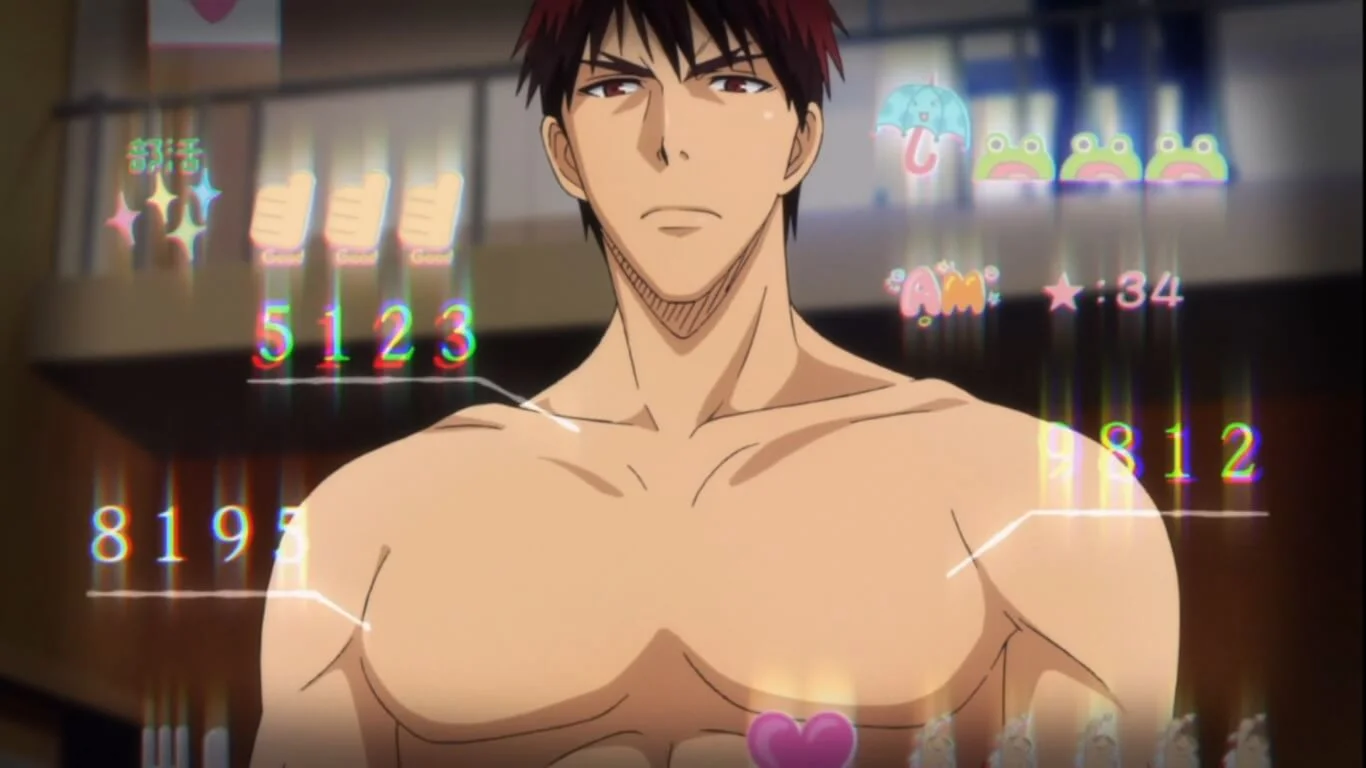
Kuroko’s Basketball transcends the court lines, exploring friendship, rivalry, and redemption themes. The Generation of Miracles, once tight-knit comrades, becomes divided by the allure of individual superiority. But Kuroko’s resolve to reunite this estranged band offers a powerful redemption narrative.
His belief that “there’s no such thing as a useless effort” imparts a life lesson to viewers and players alike. Every dribble, pass, and shot in the game symbolizes an enduring pursuit of redemption for oneself and one’s team.
The Miraculous Game-Changer
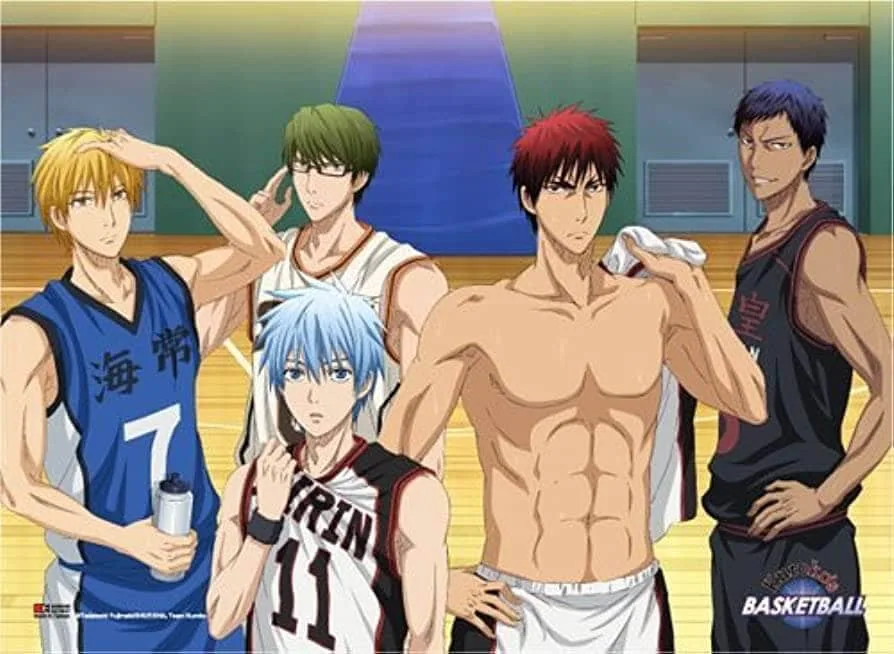
“Kuroko’s Basketball” brilliantly emphasizes the power of unpredictability. In every game, there’s always a chance for a comeback, a potential for an underdog to rise. Kuroko’s unpredictable and nearly invisible moves make him a game-changer, defying the norms of what it means to be a star player.
This unconventional approach towards the game is a cornerstone of the series, reminding us that sometimes, miracles happen when least expected. The Generation of Miracles serves as the perfect testament to this – constantly keeping us on our toes and sparking our imagination.
Akashi Seijuro: The True Leader
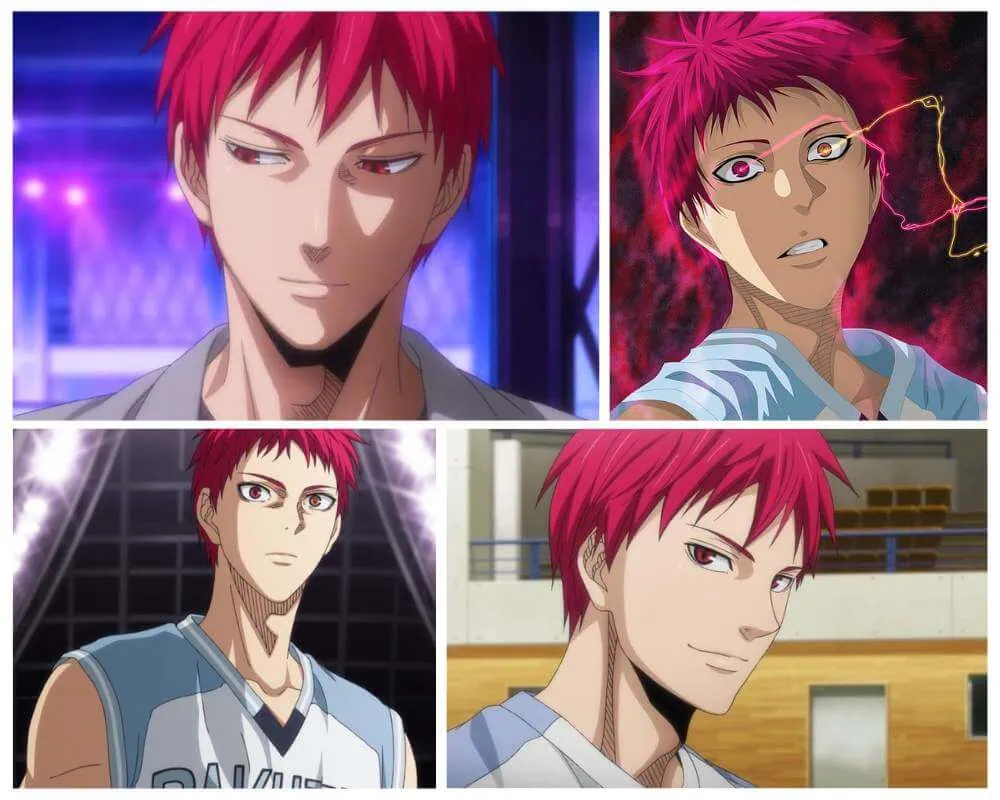
Akashi Seijuro is the embodiment of strategic brilliance and intimidating presence. As the Generation of Miracles’ captain, he commands respect on and off the court.
His “Emperor Eye,” which predicts an opponent’s move before it happens, is as awe-inspiring as terrifying. Yet, Akashi is more than just a basketball prodigy. He symbolizes the relentless pursuit of perfection and control, often battling his inner demons to lead his team to victory.
Aomine Daiki: The Unstoppable Force

Aomine Daiki is the ‘ace’ among aces. With his unparalleled speed, agility, and uncanny ability to score from any position, he lives up to his reputation as “the one who can’t be stopped.”
Yet beneath his swagger lies a deep-seated passion for the game, bordering on obsession. Aomine encapsulates the raw essence of basketball – a player driven by his love for the sport yet conflicted by his unmatched talent that turns every game into a one-man show.
Kise Ryota: The Quick Learner
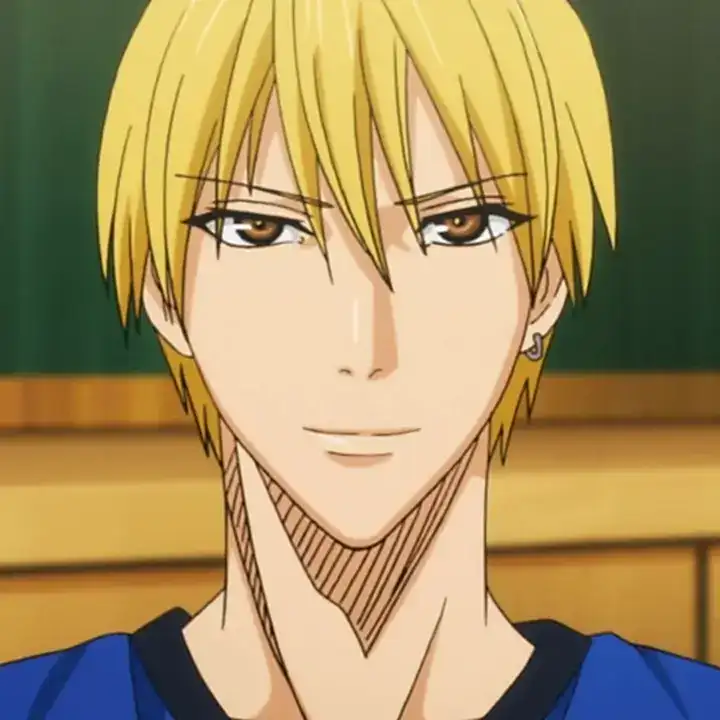
Kise Ryota is the chameleon of the Generation of Miracles, seamlessly adapting to any basketball situation with his “Perfect Copy” skill. His ability to mimic any move he’s seen, even those of his former teammates, adds an exciting unpredictability to each game.
Kise is a stark reminder that adaptation is key in basketball, and the one who adapters fastest often dominates the court. His jovial personality and burning desire to win adds a compelling layer to the series’ character dynamics.
Midorima Shintarō: The Sniper

The bespectacled Midorima Shintarō brings a scientific approach to the game, meticulously planning each shot with mathematical precision. His signature three-pointer shots, a feat that is nothing short of miraculous, never fail to leave the audience in awe.
Midorima is a testament to the importance of consistency and precision in basketball. Amidst the high-adrenaline rush of the game, he brings a sense of calm and measured strategy, making him an invaluable asset to any team he plays on.
Murasakibara Atsushi: The Immovable Object
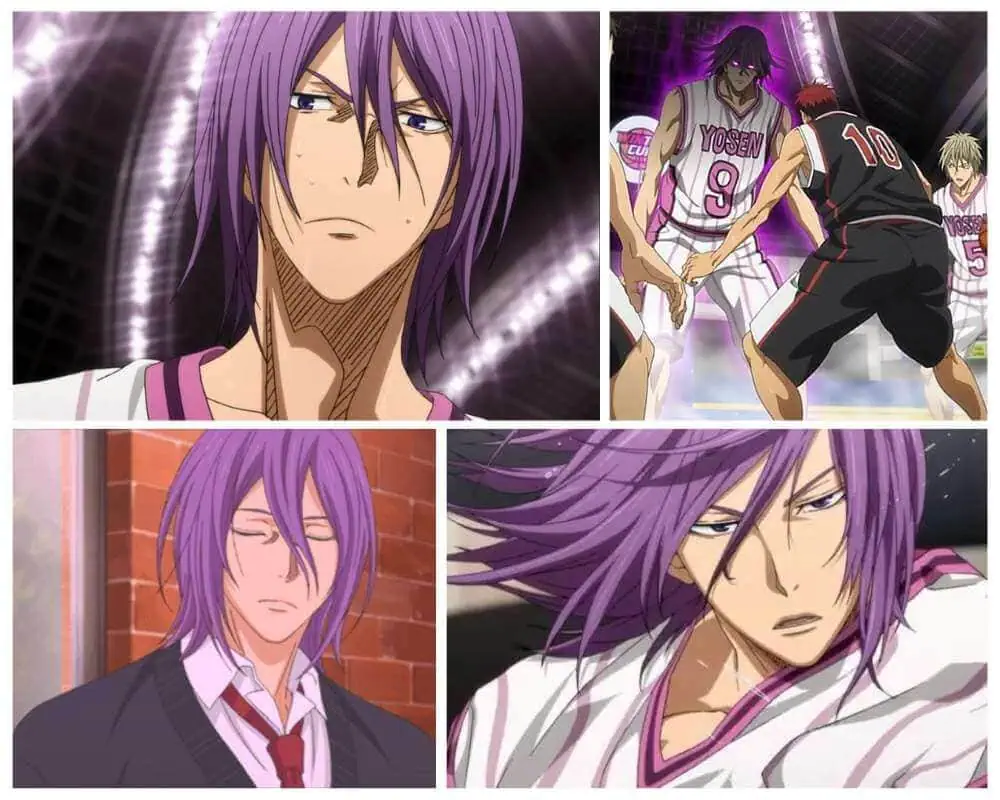
Standing at a towering height, Murasakibara Atsushi is a player who can quite literally look down on his opponents. His exceptional height and power make him a nearly impenetrable defense fortress.
While seemingly detached and less passionate about the game, his dominating presence on the court speaks volumes. Murasakibara represents an important aspect of basketball: defense is just as crucial as offense, and a strong defense can often pave the way to victory.
The Gate: Path to a New Era

In “Kuroko’s Basketball,” the gate is a metaphor for a new era of basketball, which Kuroko and Kagami strive to usher in. This era is not just about individual skills and prodigies but also about teamwork, strategy, and sportsmanship.
The gate is a threshold they cross, symbolizing their journey from being underdogs to becoming worthy opponents. It’s a testament to their determination to change the game, making the sport more inclusive and unpredictable.
Weakness: The Flip Side of Strength
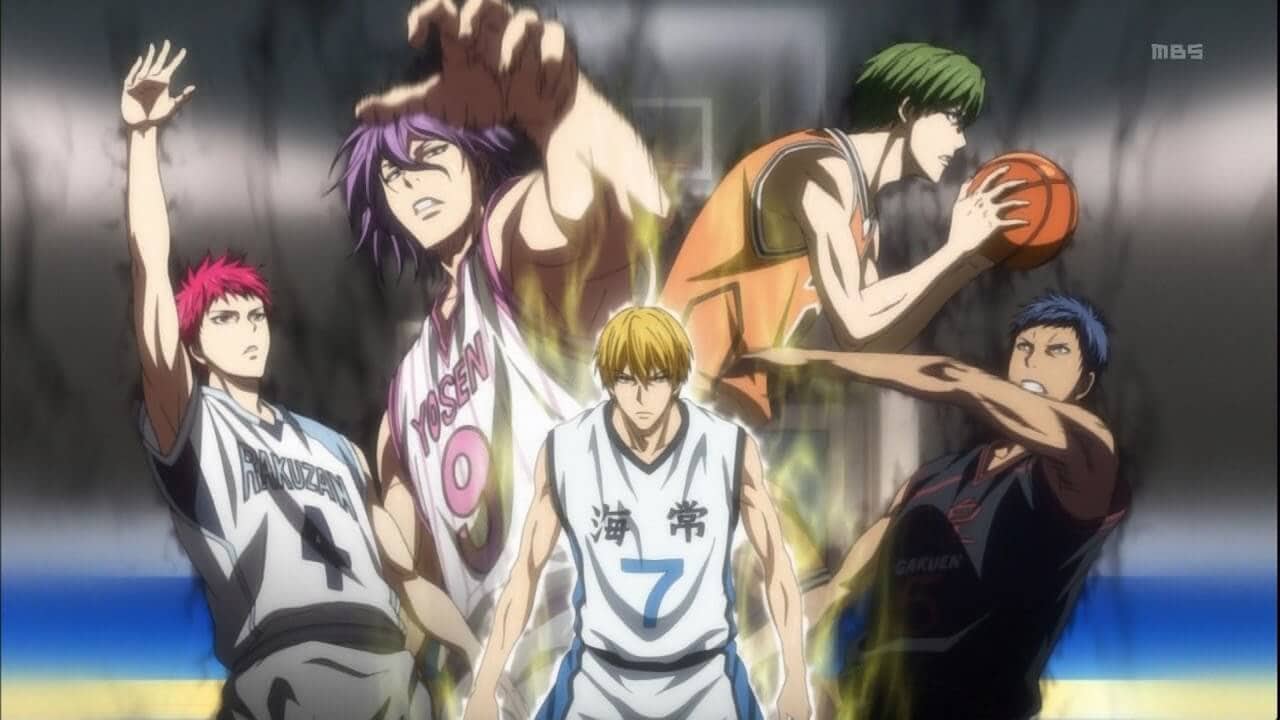
Every character in the Generation of Miracles is a double-edged sword, their strength casting a shadow of weakness. For instance, Kuroko’s invisibility on the court is his strength, but it also makes him susceptible to unnoticed when he needs attention.
Similarly, Aomine’s raw talent makes him unmatched but also causes him to lose touch with the joy of a challenging game. The series vividly depicts this paradox, showing us that the journey to strength is incomplete without acknowledging our weaknesses.
The Oath: A Promise to Keep
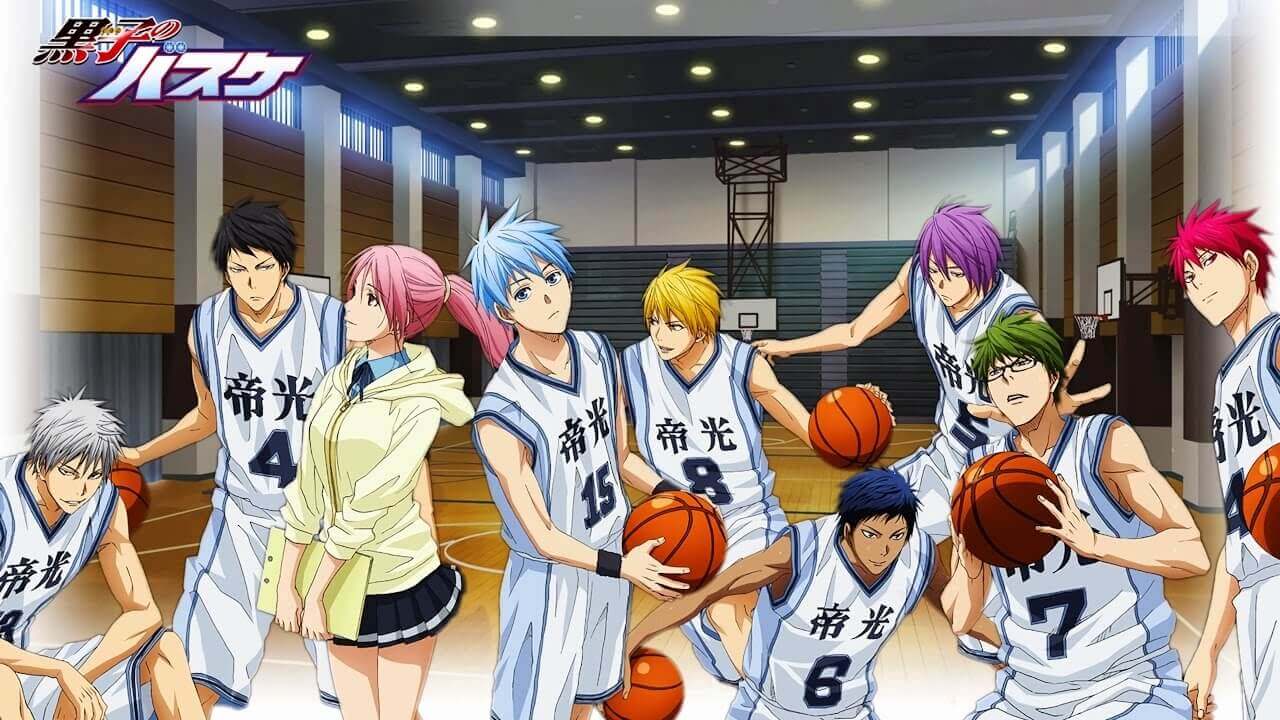
The Oath is a significant moment in “Kuroko’s Basketball,” where each member of the Generation of Miracles pledges to defeat the others, using their full strength on the court. This Oath may seem like a declaration of war, but it also affirms their individual growth and commitment to the game.
This pledge binds them to a future encounter on the basketball court, not as nostalgic comrades, but as competitors chasing a common objective. It’s a solemn vow to acknowledge each other’s talents and continuously test their boundaries. This commitment instills a profound depth and intricacy in their rapport, guaranteeing an engaging spectacle for the spectators.
Kuroko’s Basketball II The true power of The Generation of Miracles
Who are the members of the Generation of Miracles?
The Generation of Miracles comprises Seijūrō Akashi, Daiki Aomine, Ryōta Kise, Shintarō Midorima, Atsushi Murasakibara, and the “phantom” sixth man, Tetsuya Kuroko.
Why is Tetsuya Kuroko called the “Phantom” sixth man?
Tetsuya Kuroko is called the “phantom” sixth man due to his playing style. He isn’t as physically strong or fast as the other members but uses his skill of misdirection to manipulate his opponents and aid his team.
What is special about Seijūrō Akashi’s “Emperor Eye”?
Akashi’s “Emperor Eye” allows him to see the minute movements of other players and predict their next move, giving him an edge on the court.
What is Ryōta Kise’s “Perfect Copy”?
Ryōta Kise’s “Perfect Copy” is his ability to mimic any basketball move he has seen, which makes his style unpredictable and difficult to defend against.
Why did the Generation of Miracles break up?
After junior high school, each member of the Generation of Miracles went to different high schools. This decision was influenced by their pledge to each other to face off as rivals on the court and to continue to grow and develop as individual players.
Is the Generation of Miracles based on real-life basketball players?
While “Kuroko’s Basketball” uses the sport of basketball as its setting, the characters, including the Generation of Miracles, are fictional and not directly based on real-life basketball players. The series takes certain liberties with the sport to create a more dramatic and engaging storyline.
Why is Atsushi Murasakibara considered a unique player in the Generation of Miracles?
Atsushi Murasakibara is known for his impressive height and strength, which makes him a dominant player in defensive positions. Despite seeming less passionate about the game, his towering presence and defensive capabilities make him a valuable team member.
Why did the members of the Generation of Miracles pledge to defeat each other?
The pledge made by the members of the Generation of Miracles to defeat each other signifies their determination to grow and develop as individual players. This oath pushes each member to its limits and allows them to respect each other’s abilities, further fueling their desire to improve.
What is the significance of the Generation of Miracles in “Kuroko’s Basketball”?
The Generation of Miracles is central to “Kuroko’s Basketball.” Their unique abilities and the development of their characters add depth to the storyline. Additionally, their rivalries and the games they play against each other create suspense and excitement in the series.